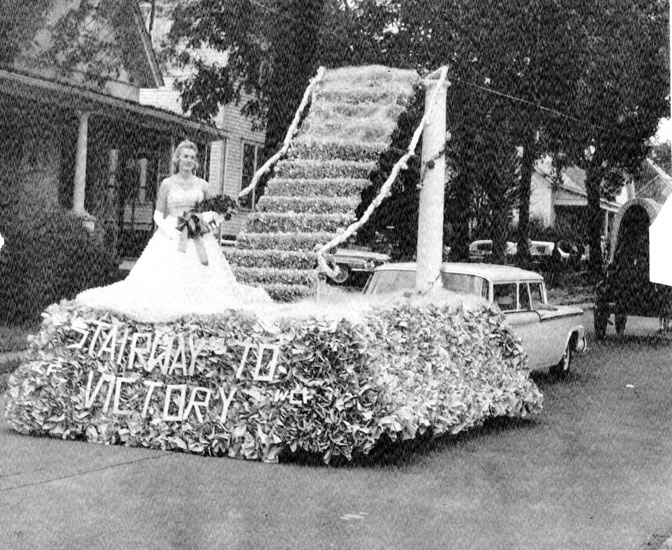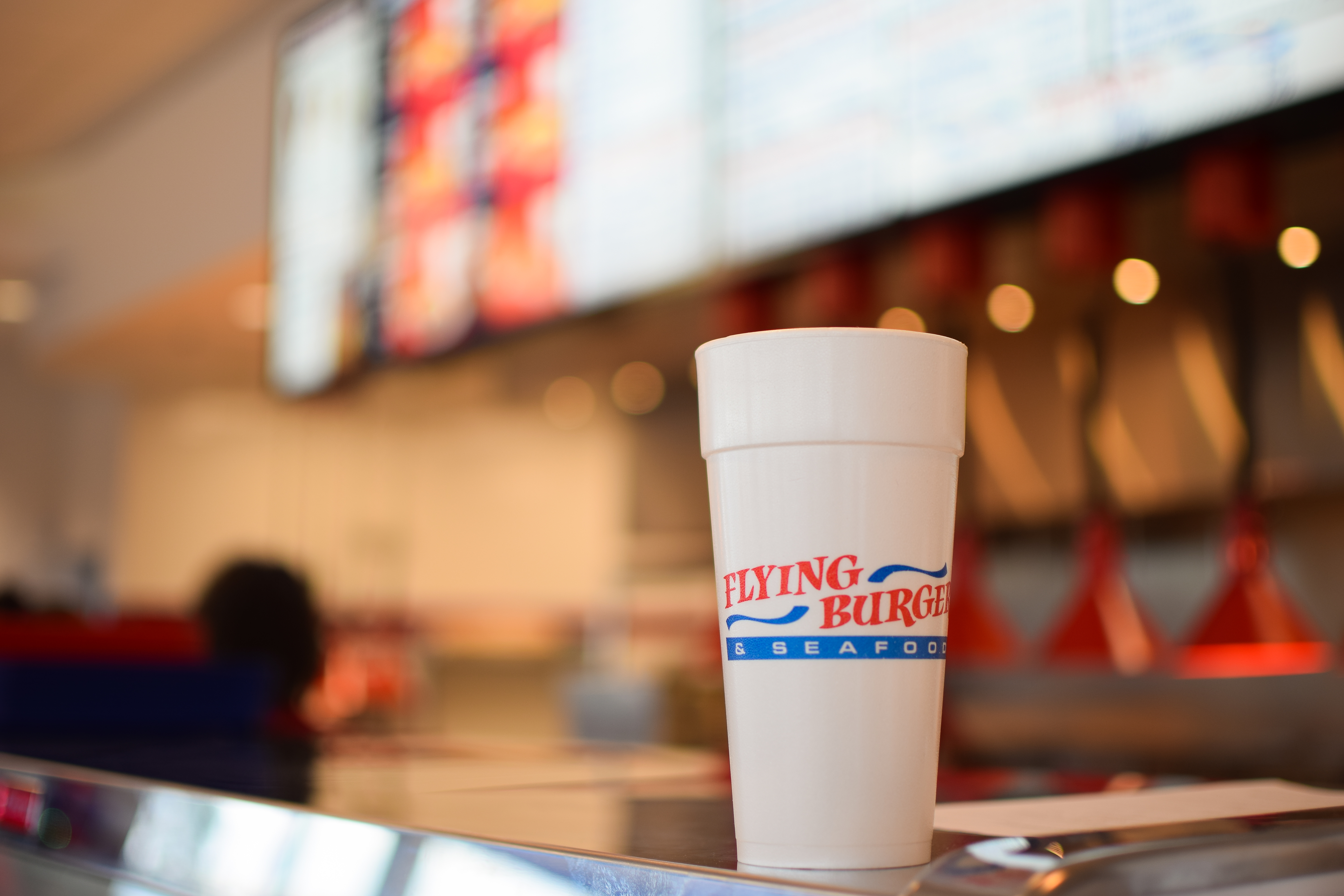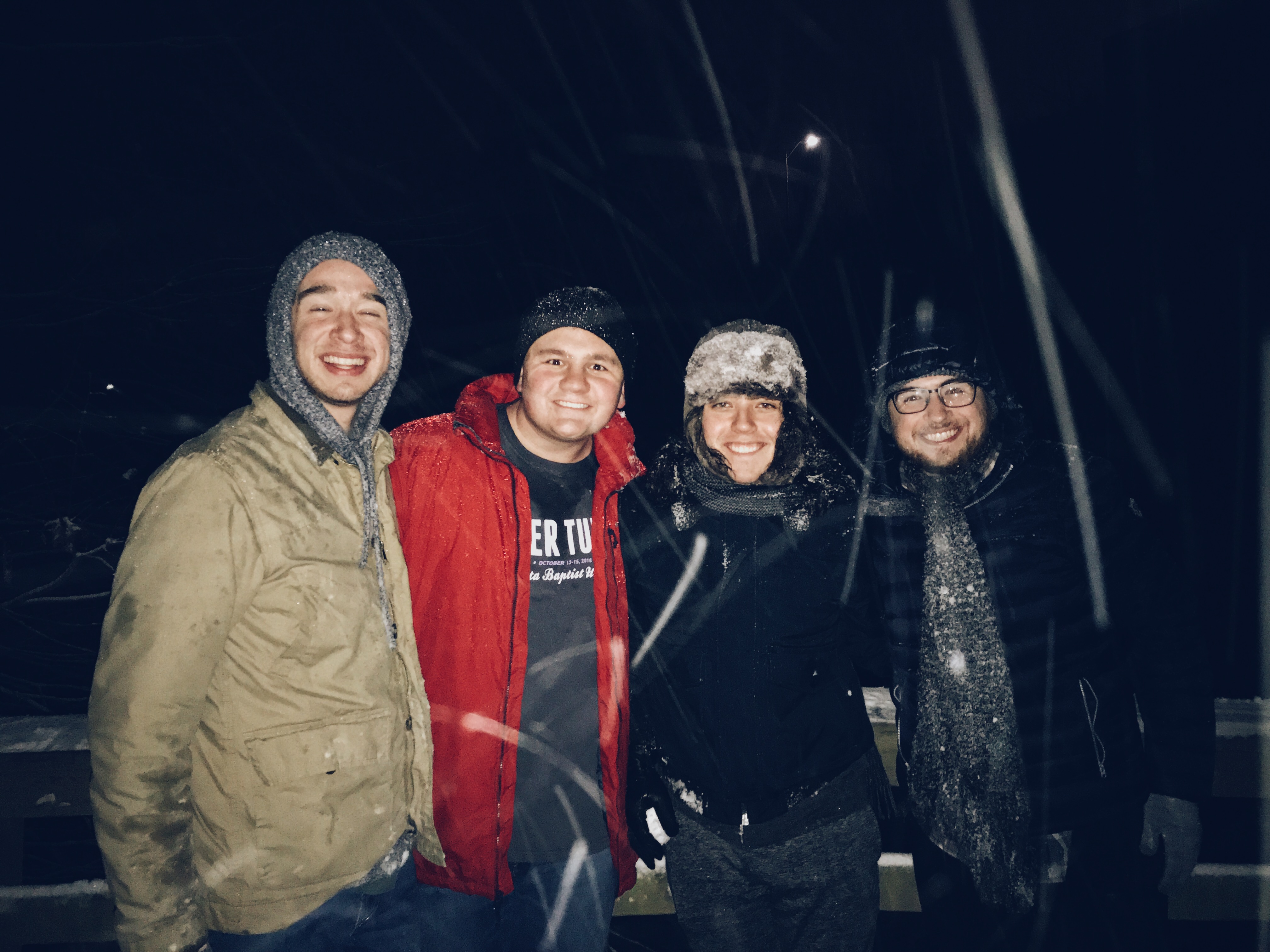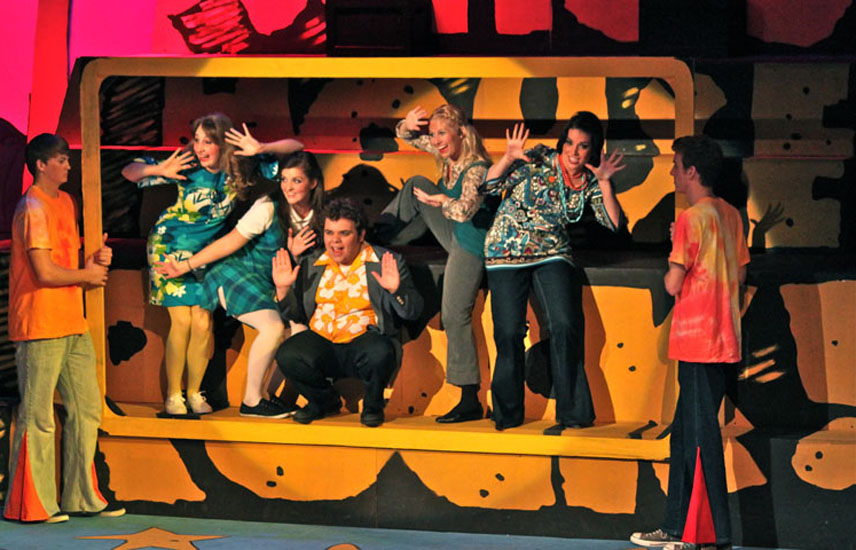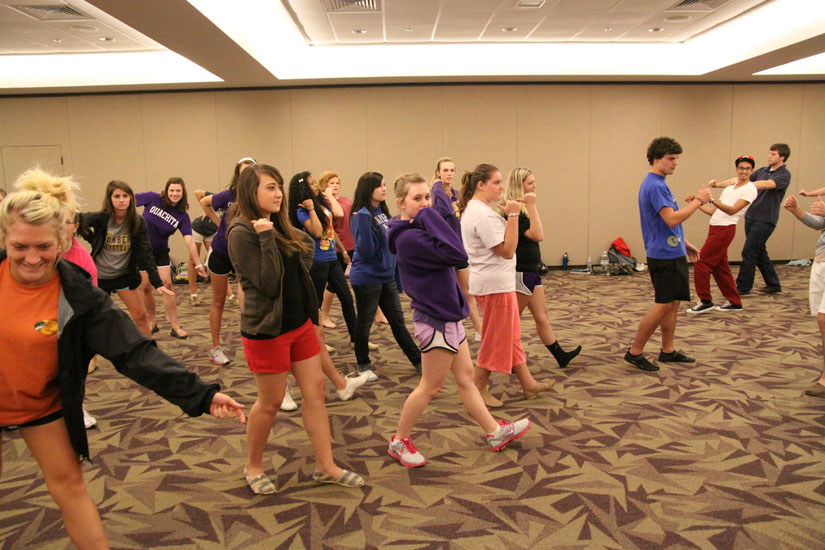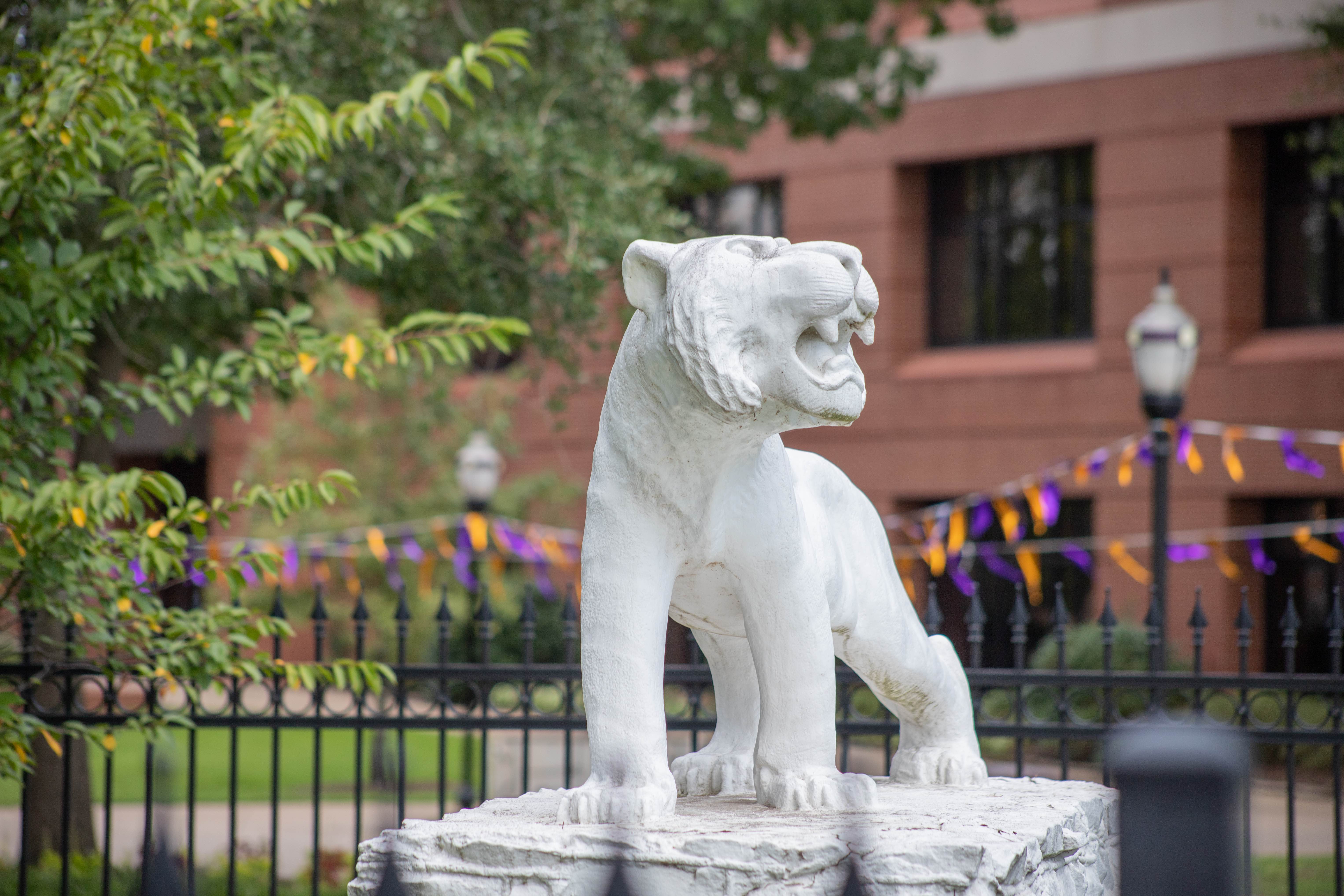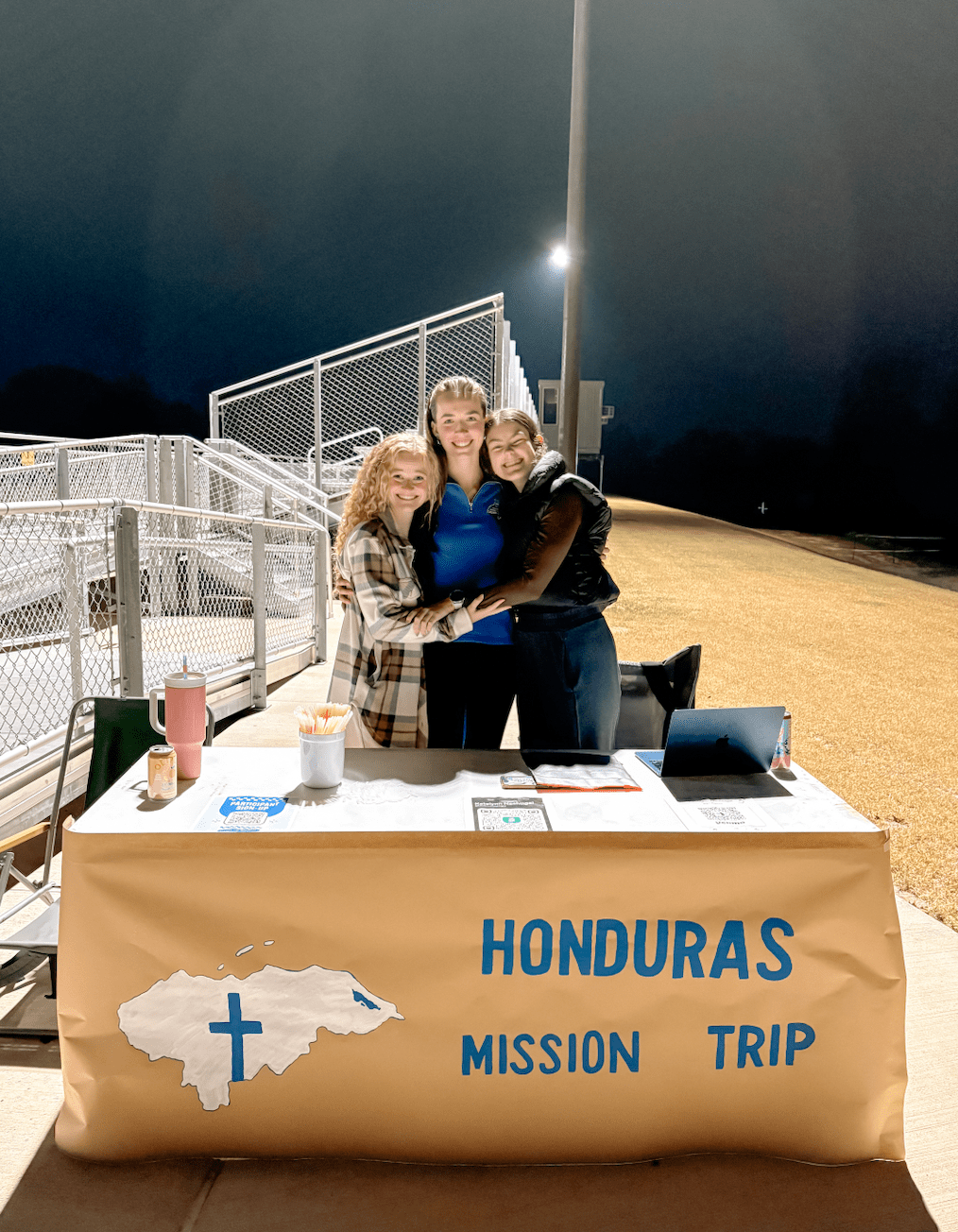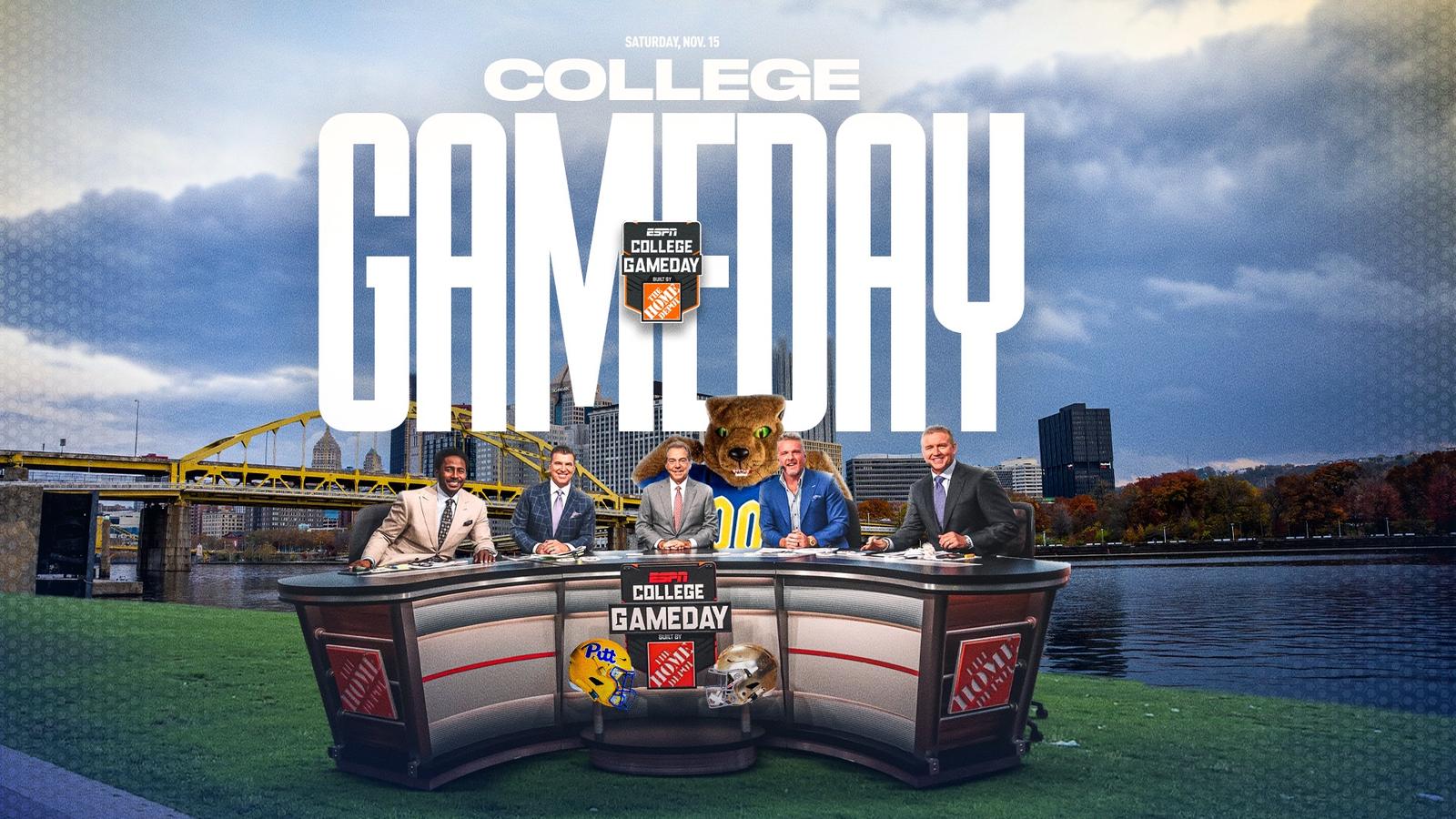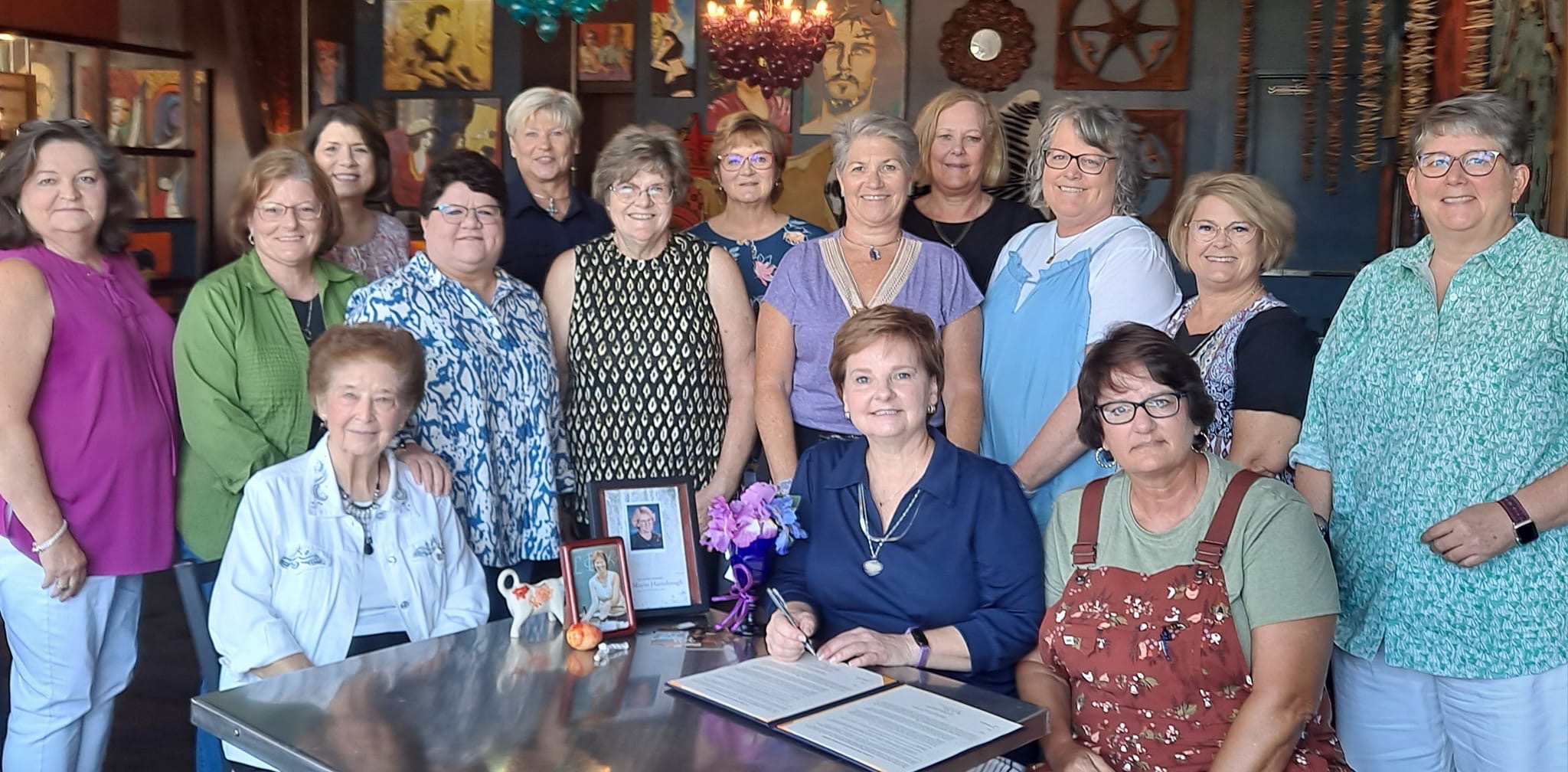Homecoming week now is synonymous with Tiger Tunes, OcTiger Fest and the homecoming football game — much different from Homecoming weeks of years past, which were celebrated with a parade down Main Street and the Battle of the Ravine football game.
“The parade was a big deal in the 50s and 60s,” said Lauren Land, internal alumni director. “We had it until [the late 80s], when Tiger Tunes joined Homecoming week.”
Land said the parade was discontinued because clubs did not have the time to prepare for Tiger Tunes and build a float at the same time.
“The parade was great, but with Tiger Tunes and the expense of building the floats and the time it took to build, it became obvious that the clubs’ time and efforts were better invested in Tiger Tunes than trying to do both,” said Dr. Deborah Root, chair of the department of mass communications and an EEE alumna.
The parade route was along Main Street through downtown. It was held the Saturday morning before the football game and featured the marching band along with floats.
“We spent the week before the parade building the floats at night at the fairgrounds,” Root said. “And these floats weren’t just a sign on the side of a flat-bed trailer. They were huge, with moving parts. We hand-made everything, just like you see in the parades on TV.”
Each club’s nominee for Homecoming queen rode on the floats before making their way to the stadium for the Homecoming ceremonies.
“The sad years were the years that it rained,” Root said. “You had worked so hard on your float, and then you didn’t even get to show it off. Plus it’s cold in November, so those nights at the fairgrounds weren’t too fun.”
The parade preceded the football game, which was always against Henderson State University. Both schools celebrated their Homecomings at the same time, so each one’s Homecoming court was introduced and the queens were crowned before the game began. The field the game was played on alternated between Henderson and Ouachita as it does now, and it was always the last game of the season in November.
When Battle of the Ravine and Homecoming became too popular to hold at the same time, the two events were separated, with Homecoming being the first week of November and Battle of the Ravine staying the last game of the season. Conference changes and scheduling have caused each to slowly move to earlier in the semester.
“It has really worked out for the better, because it was always cold in November,” Land said. “The weather is much better now.”
The late 80s brought more change, with Tiger Tunes being paired with Homecoming week and the parade being discontinued.
“Tiger Tunes being branded with Homecoming was, I think, really smart, because it brings so many people back to campus,” Land said. “It created a ‘premiere weekend’ at Ouachita and boosted attendance in both Homecoming and Tunes.”
Four years ago, the Homecoming steering committee sought to start a new tradition: OcTiger Fest. The event is held on the campus lawn and features booths from social clubs, organizations and academic departments.
“OcTiger Fest is really neat because it brings the entire community together and sets the tone for Saturday,” Land said. “Rather than each group having a separate event … everything is in one place and is much more convenient.”
Land said that like the parade, OcTiger Fest is an effective way to kick-off Saturday’s events, and has boosted attendance at the game.
Picture courtesy of Ouachita Special Collections
Caption: Homecoming queen candidate Carolyn Jones stands on the “stairway to victory” float during the Homecoming parade in 1960.

